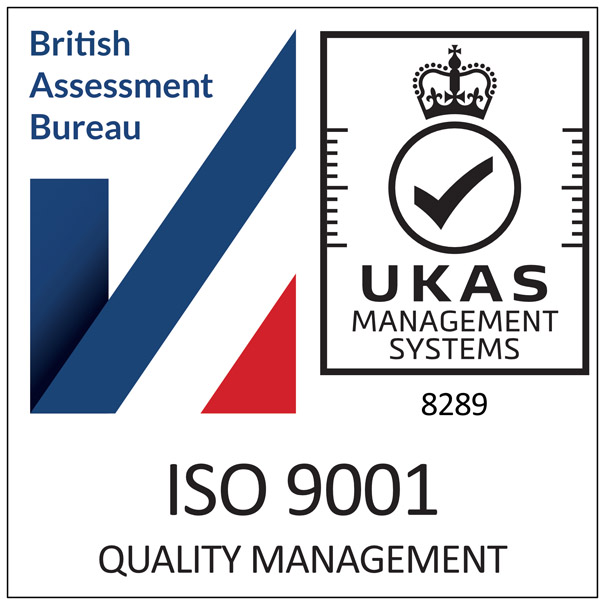
Drain membrane properties
A drain membrane is needed in any application that requires filtering large volumes of water. To clarify, that means even in spaces that could become prone to waterlogging. This is because a drain membrane is manufactured as a non-woven fabric, which contains an open structure to facilitate water passing through the fabric.
Drain membranes are pre-treated to improve both the mechanical and dimensional stability of the fabric. This is because pre-treatment processes increase fabric life and enable optimal drainage efficiency. Furthermore, there are a variety of treatment processes drain membranes can go through depending on their characteristics. The non-woven drain membrane Draintex undergoes a process called calendaring. Calendaring involves pressing the drain membrane with high-pressure rollers to smooth the membrane. Furthermore, pushing the drain membrane fibres down onto the body of the fabric provides a more uniform surface.
The purpose of a porous landscape fabric
While porous landscape fabrics filter water through, their difference in properties means they are not a replacement for drain membranes. Woven fabrics, like Groundtex, have a tighter pore opening. Consequently, porous landscape fabric will retain water particles quickly. Particularly in periods of heavy rainfall.
Porous landscape fabrics’ primary purpose is for alternative applications such as ground stabilisation or weed suppression. In this case, the permeable property is vital to allow water, nutrients and air to reach the soil to maintain healthy plants and ground. Rather than, providing efficient drainage.
To find out where you can buy Growtivation products, visit our online Where to Buy facility or contact the friendly team at Growtivation for advice on 0800 197 8885 or email sales@growtivation.com.












